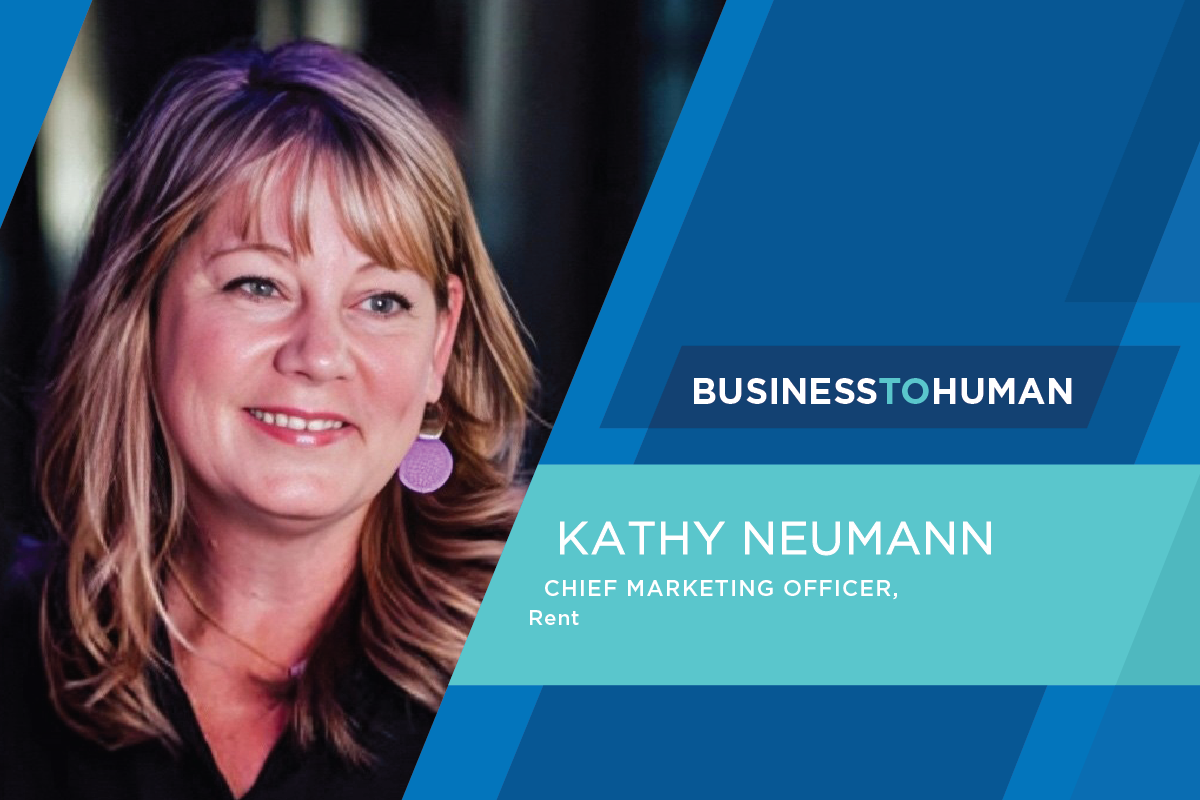Summary
- Not every consumer segment engages with their favorite brands using the same media.
- A blend of new marketing strategies and tried-and-true standards are helping brands create engaging omnichannel experiences.
- Here, we’ll highlight three strategies brands can use in conjunction with a full omnichannel approach to make headway with their audiences.
The beauty of a brand’s target audience is its diversity. The monolithic group of current and potential consumers of a brand includes several segments with varying interests and responses to different marketing approaches. Essentially, not everyone engages with a given brand the same way.
For this reason, brands cannot lean too heavily on a set of tried-and-true marketing channels. Instead, an evolving omnichannel program that combines proven strategies with newly available options gives brands the flexibility to reach audience members with timely and relevant messaging in ways that resonate.
Fortunately, there are a number of innovative tactics and tools to help you flesh out the approach that works best for your brand. Here are three important tactics to consider and how they may help you appeal to every segment of your audience:
The Shiny New Object: Connected TV
The “cord cutting” conversation has been going on for some time now. But the resolution to this situation is hardly an either/or proposition. Brands can either evaluate the right mix of linear TV and connected TV or risk narrowing their reach.
Pour too much money into traditional TV watchers, and you may miss out on the cord-cutters who primarily use streaming media. Tip the scales too far toward CTV investment, and you risk alienating traditional TV viewers.
Moreover, CTV allows brands to present specific segments of consumers with ads relevant to their needs and interests. According to our October 2021 survey of 1,000 U.S. consumers, 71% of 25- to 34-year-olds said streaming TV ads were more relevant to their interests than traditional TV spots, with 66% of 35- to 44-year-olds agreeing with this sentiment. This survey was a follow-up to studies conducted in February 2021 and January 2020.
CTV absolutely needs to be factored into media plans, but it must be done firmly in the context of who their audience is and how they consume content. The goal should be connecting to base consumers and widening reach from there.
The Reliable Performer: Direct Mail
With the recent emergence of contactless consumer engagement, direct mail has been an effective outreach component of omnichannel marketing campaigns, especially when paired with digital complements. Direct mail seems to be having a moment with consumers, with 66% of respondents to our survey for the 2021 Vericast Consumer Intel Report using coupons they received in the mail. A Vericast study conducted in March 2022 found that 72% of millennials routinely read direct mail ads.
More than the potential value and savings direct mail provides, it’s a tool that does something that few other marketing strategies can manage: It puts something in your audience’s hand. A direct mail campaign is a tangible call to action that goes directly to the home in a way that can stand out to consumers.
On that same note, direct mail puts your brand in touch with consumers whose privacy concerns might make them resistant to digital avenues. By pairing direct mail with digital strategies, brands give consumers a full array of engagement strategies.
The Comeback Kids: Augmented and Virtual Reality
IDTechEx expects the virtual reality industry to be worth $8 billion by 2030, with AR and VR projected to grow to $30 billion over that same period. AR and VR aren’t new technologies by any means, but the opportunity to apply them practically — as you would in consumer engagement — is finally starting to gain steam, according to trends reported by Marketing Insider Group.
AR and VR enable brands to bring their products and experiences to consumers on their terms and at their convenience, which is quite handy considering how vital contactless commerce has become. Just look at QR codes, an offshoot of AR that augments the transaction and shopping process to enable touchless restaurant menus, in-store offers, consumer reviews, and other product support content. These codes offer a small glimpse at what these technologies can bring to consumer engagement.
Offering a perspective on the topic in an article from CMO, Julia Edwards, head of strategic solutions with Verizon Media, says it best: “Being able to use a third dimension to engage your audience through showing how a product may look in their physical location, helping visualize complex data or getting them up close to a beloved character, will allow businesses to easily connect to their audiences in a whole new way.”
Brands need to activate against a full view of the consumer — reacting to where they’ve been, where they are, and where they’re going — to identify, engage and convert an interested audience. That happens best when the full range of marketing tactics are on the table.
For advice on how to effectively engage your consumer in today’s environment, check out our blog, “Marketing Advice for Inflationary Times.”
Matthew Tilley is an executive director of marketing for Vericast and leads content marketing for the company. He has more than 20 years of experience in digital advertising and consumer promotions to develop, communicate, and distribute ideas to make modern marketers more effective.



